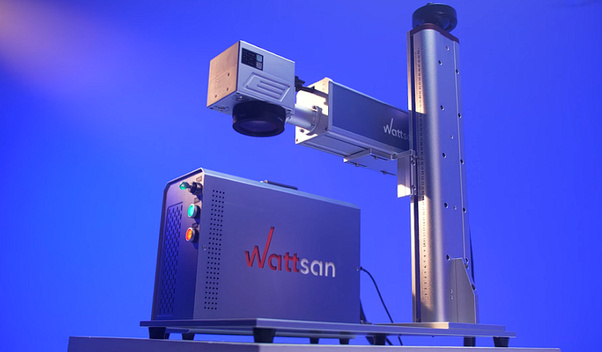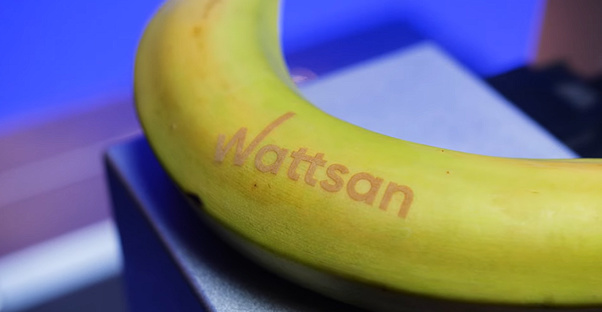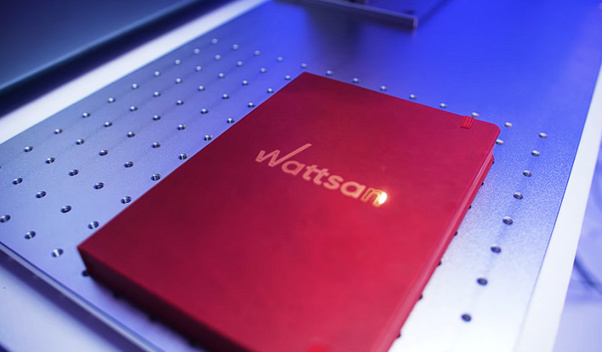Ultraviolet laser markers, or UV, is an advanced technology in laser marking and engraving methods. It utilizes the powerful beam of an ultraviolet laser to create an accurate and indelible image on a variety of surfaces including metals, plastics, glass, ceramics and more.

There are three main types, the choice of which depends on your production needs:
- Diode-pumped solid-state laser
One technology is the Q-switched solid-state Nd: YAG laser (short high-power laser pulses). In these lasers, a special crystal changes the infrared wavelength of 1064 nm to an ultraviolet wavelength of 353 nm.
- Excimer laser
Excimer is a gas laser based on a mixture of noble gases with halogens. Its wavelength depends on the type of gas mixture used and varies from 126 to 353 nm. The beam is rectangular, with a more or less constant intensity distribution over the area. Masks can be used to create a specific spot geometry.

This type of laser is well absorbed by organic compounds.
Therefore, excimer lasers are also used in medicine. They easily treat organic compounds, which makes them suitable for highly sensitive surgeries, such as eye surgery.
- Metal vapor laser
The third type is the metal vapor laser. Predominantly copper vapor is used, although some other metal vapors are also suitable. This type of laser generates radiation at 511 and 578 nm. The beam shape is Gaussian, making the laser used in the same applications as a solid-state ultraviolet laser.
Advantages of the UV marker
- Exceptional precision: the diameter of the UV beam is 30 times smaller than that of CO2 and ytterbium, so that even the smallest workpieces can be worked on. This makes the technology ideal when readability is crucial;
- Versatility. The UV marker handles a wide range of materials, so it is suitable for a variety of industries. For example, for marking medical devices, automotive parts, electronic components and more;
- Fast and efficient. This reduces production time and increases productivity. Therefore, UV marker will be an ideal choice for high-volume production;
- Safety. The laser beam is completely enclosed inside the machine, eliminating the risk of exposure to harmful radiation. This makes it used even in medical facilities and laboratories;
- Low maintenance requirements. The machine requires minimal maintenance, which reduces downtime and maintenance costs;
- Environmentally friendly technology. The laser beam produces no waste or harmful emissions. Environmental friendliness is useful to companies for many reasons, one of which is image in the market.

Do you need a UV marker in principle?
And now to the main question - do you need it, this super-innovative marker?
The main difference betweenUV marker and fiber and CO2 marker is several times greater accuracy and a wider range of workable materials.
If you are going to work with the most common plywood, it makes no sense to take this expensive equipment. With the exception of copper, you can process many metals with a fiber optic marker.
"Then why do you need a UV marker at all?", you may ask
Do you want the smallest image on almost any material? That’s where only UV can help you. Gemstones in jewelry, circuit boards, even plastic bags. It also doesn’t burn the paper like a CO2 laser does.
In short, this marker is needed in areas where even the slightest inaccuracy will cause problems. That’s why many of them are used in medicine, in the manufacture of parts for the aerospace industry or electronic devices.

